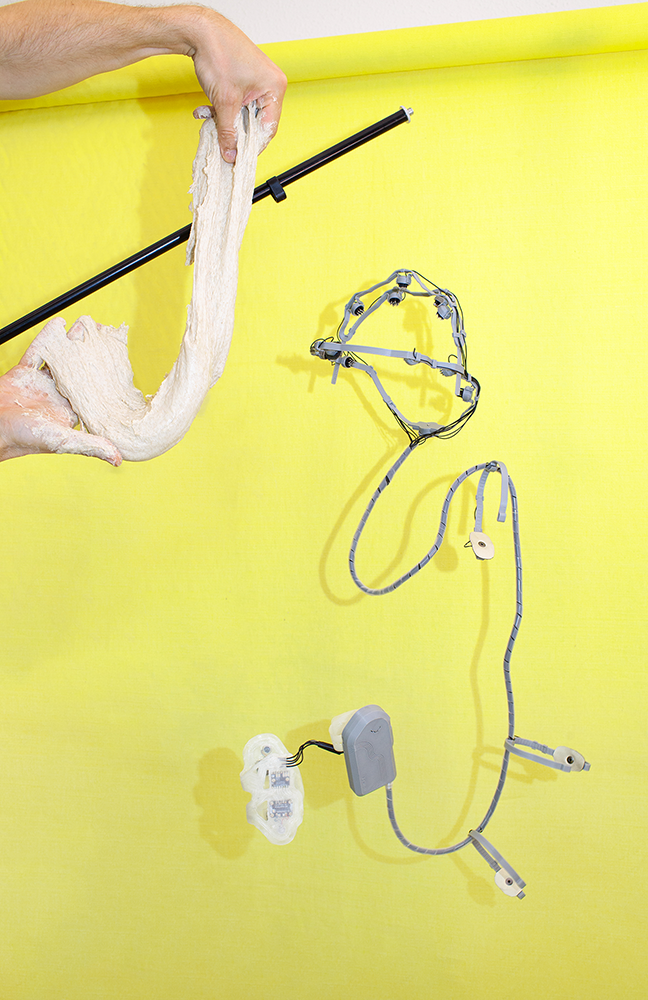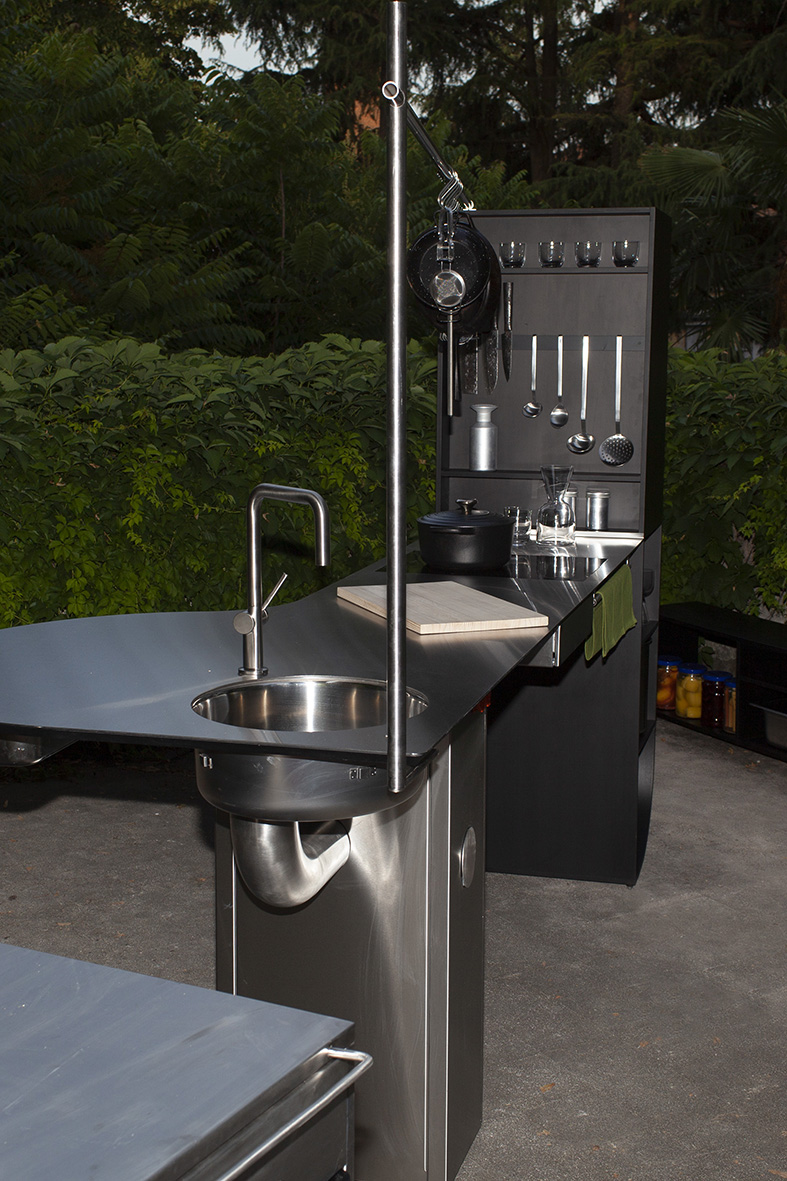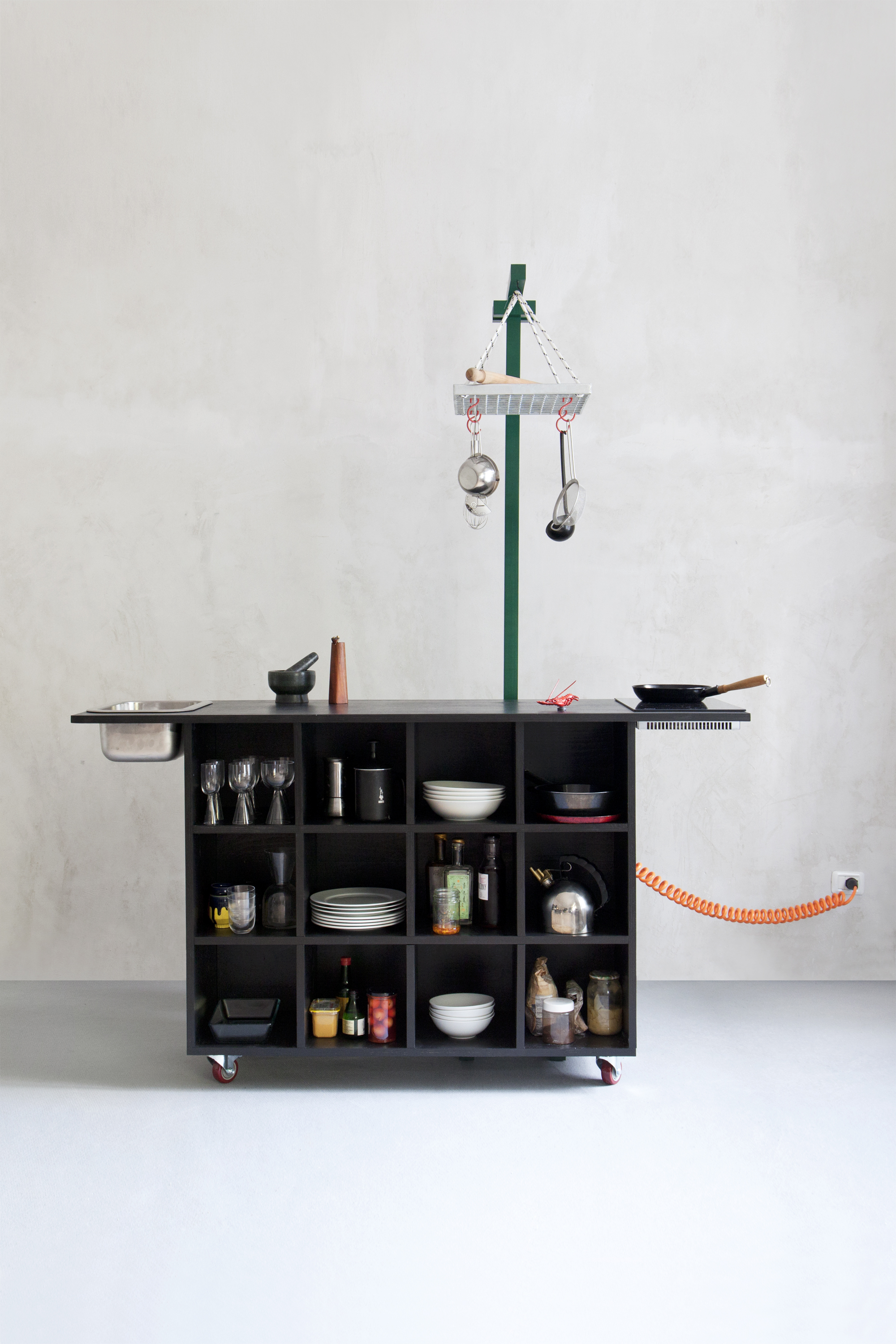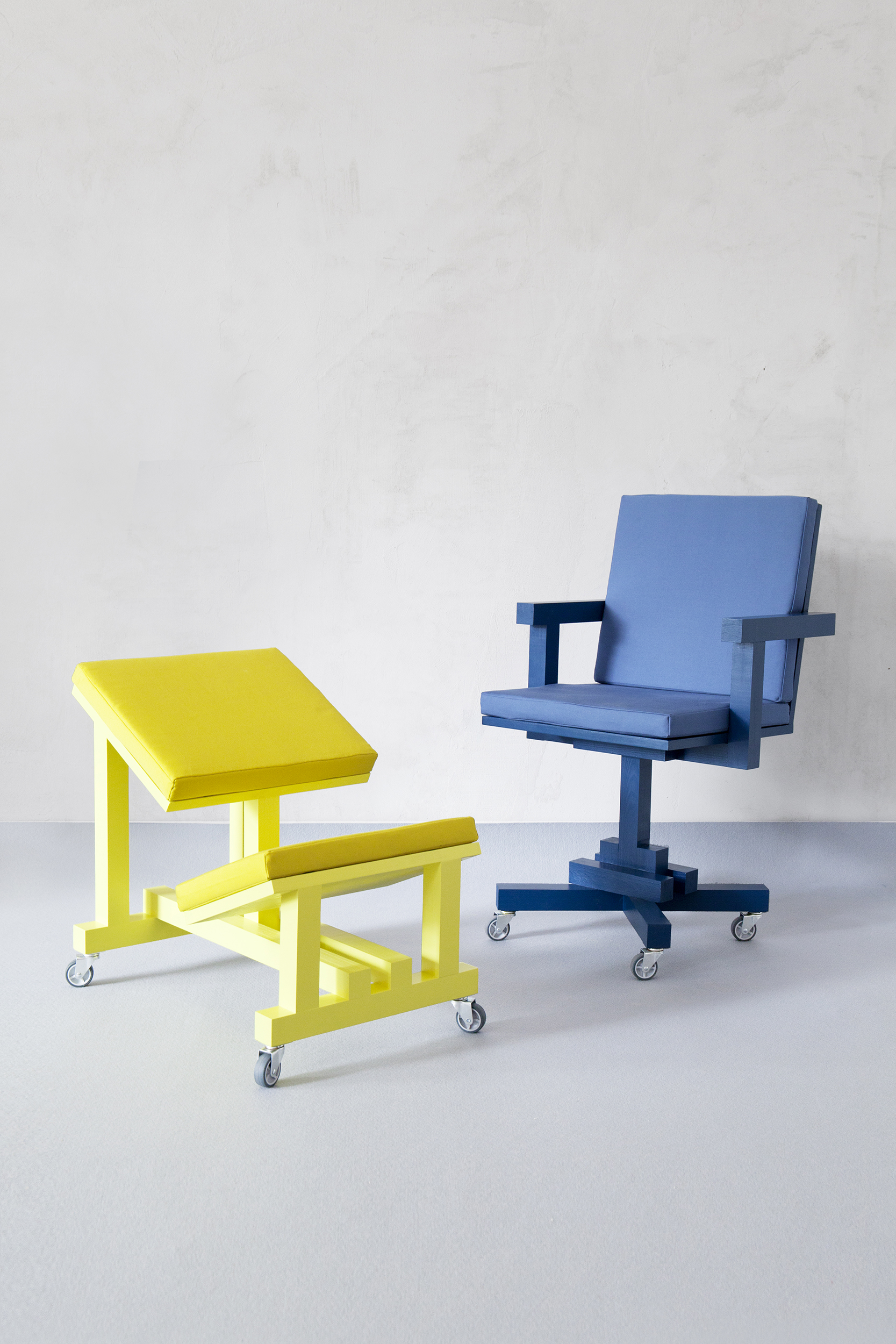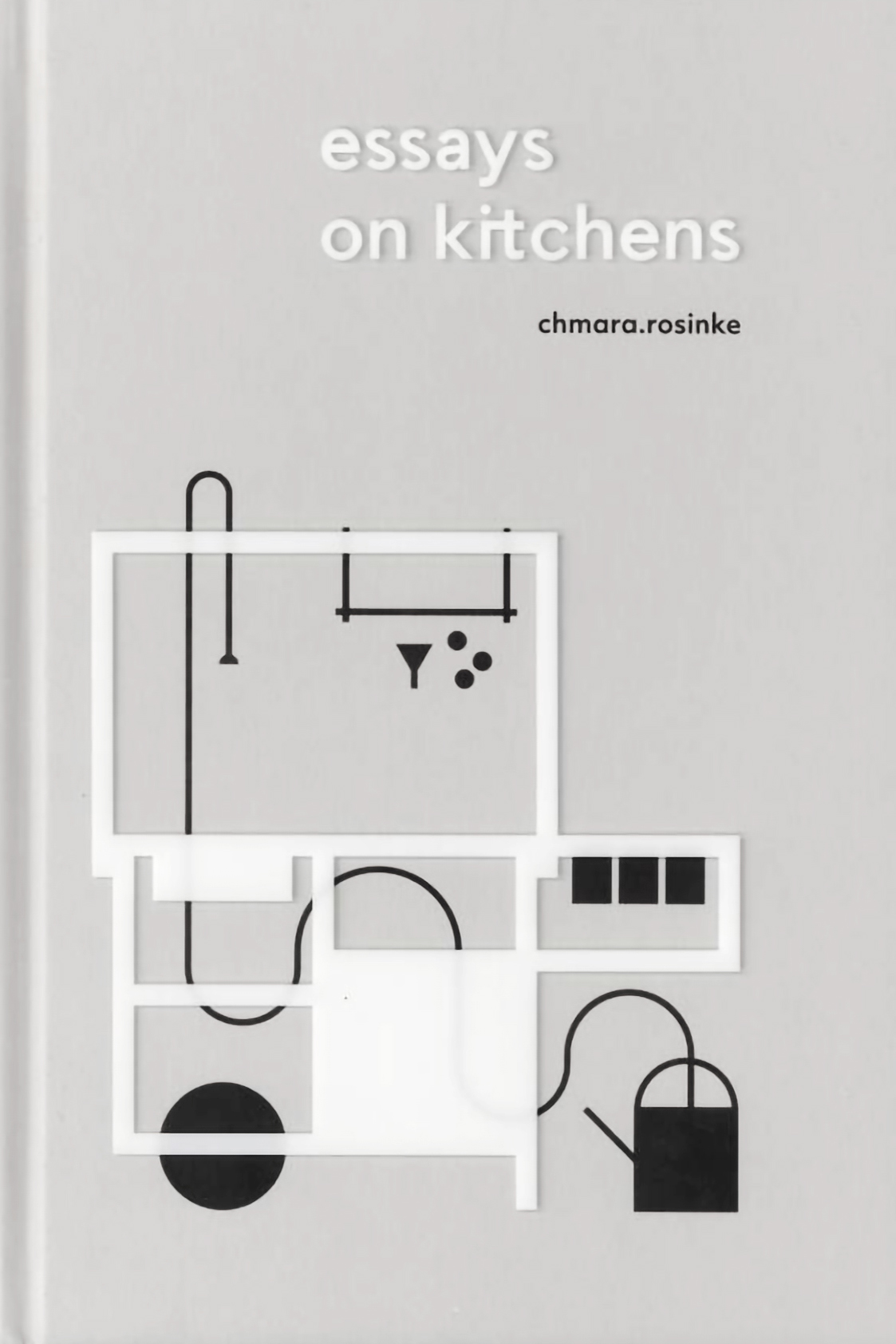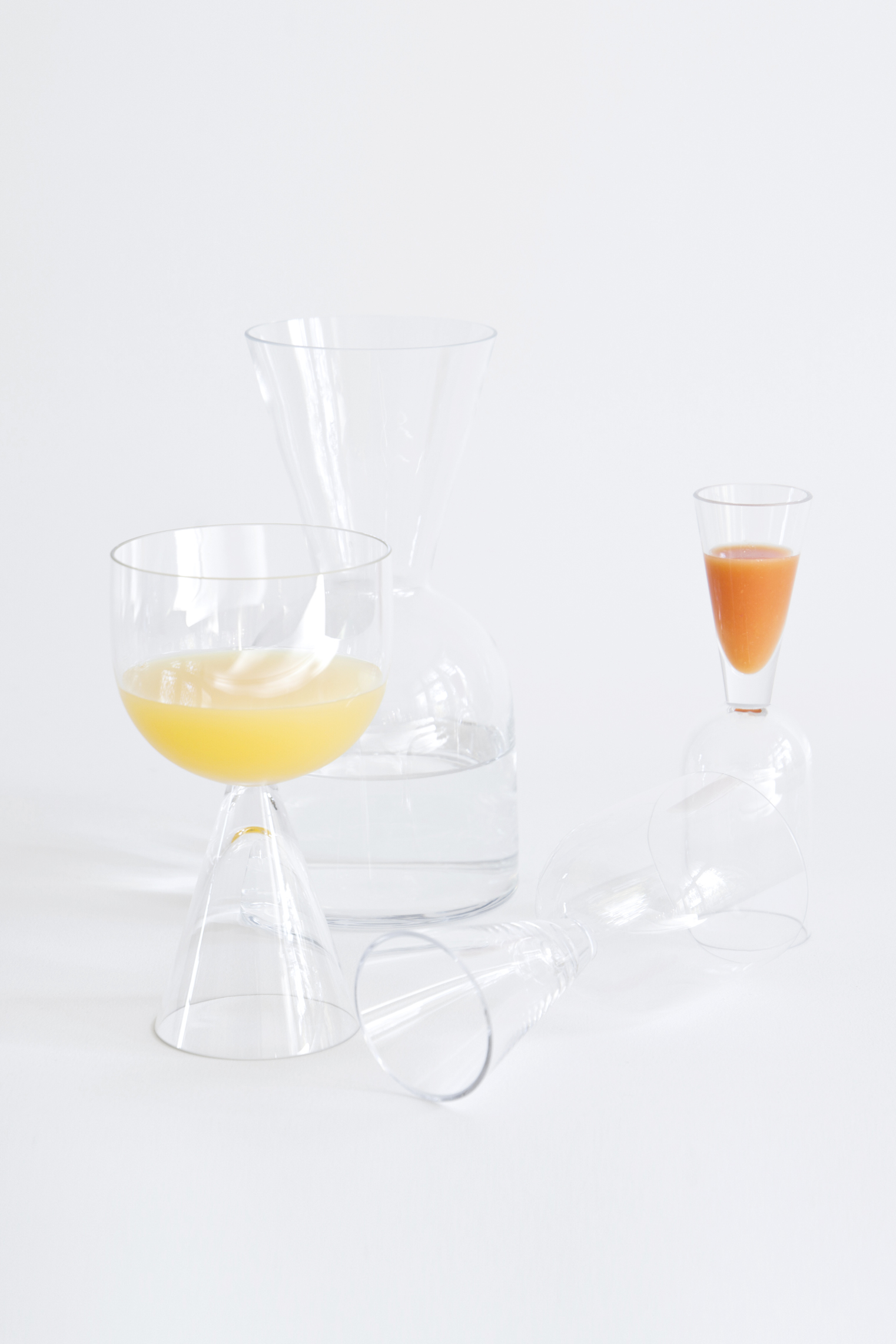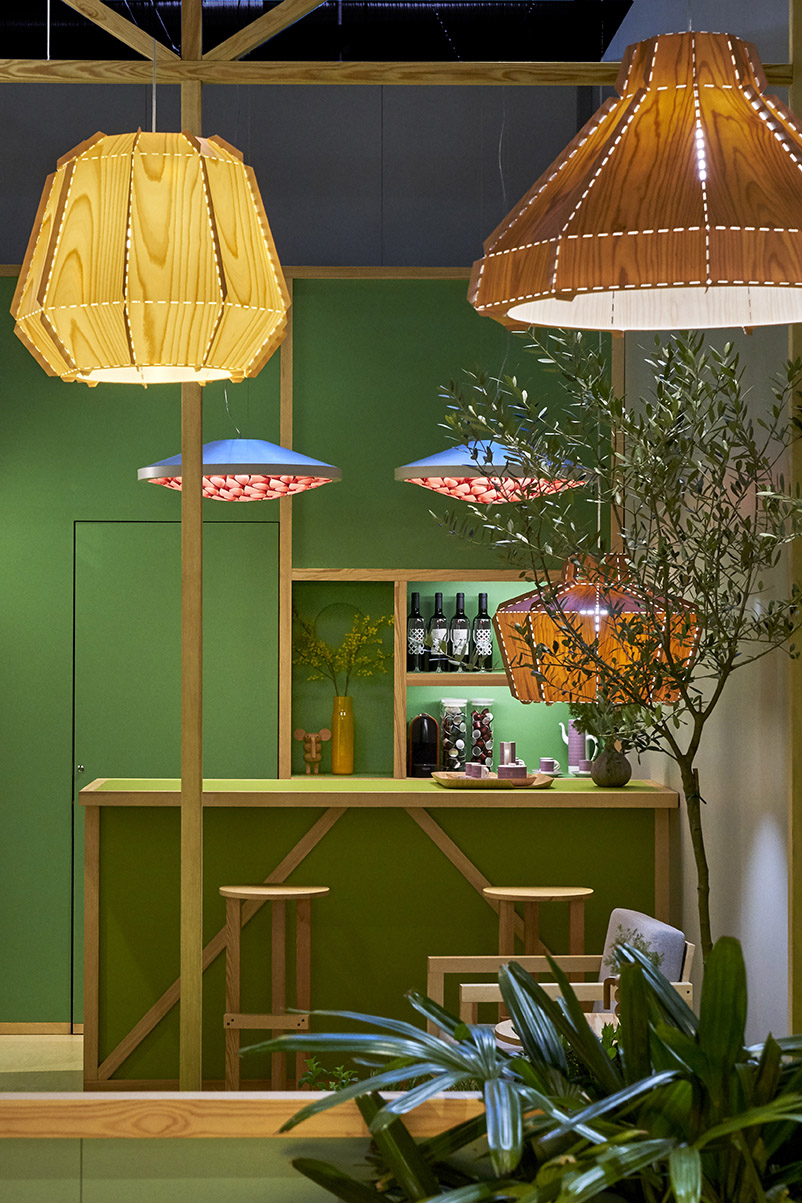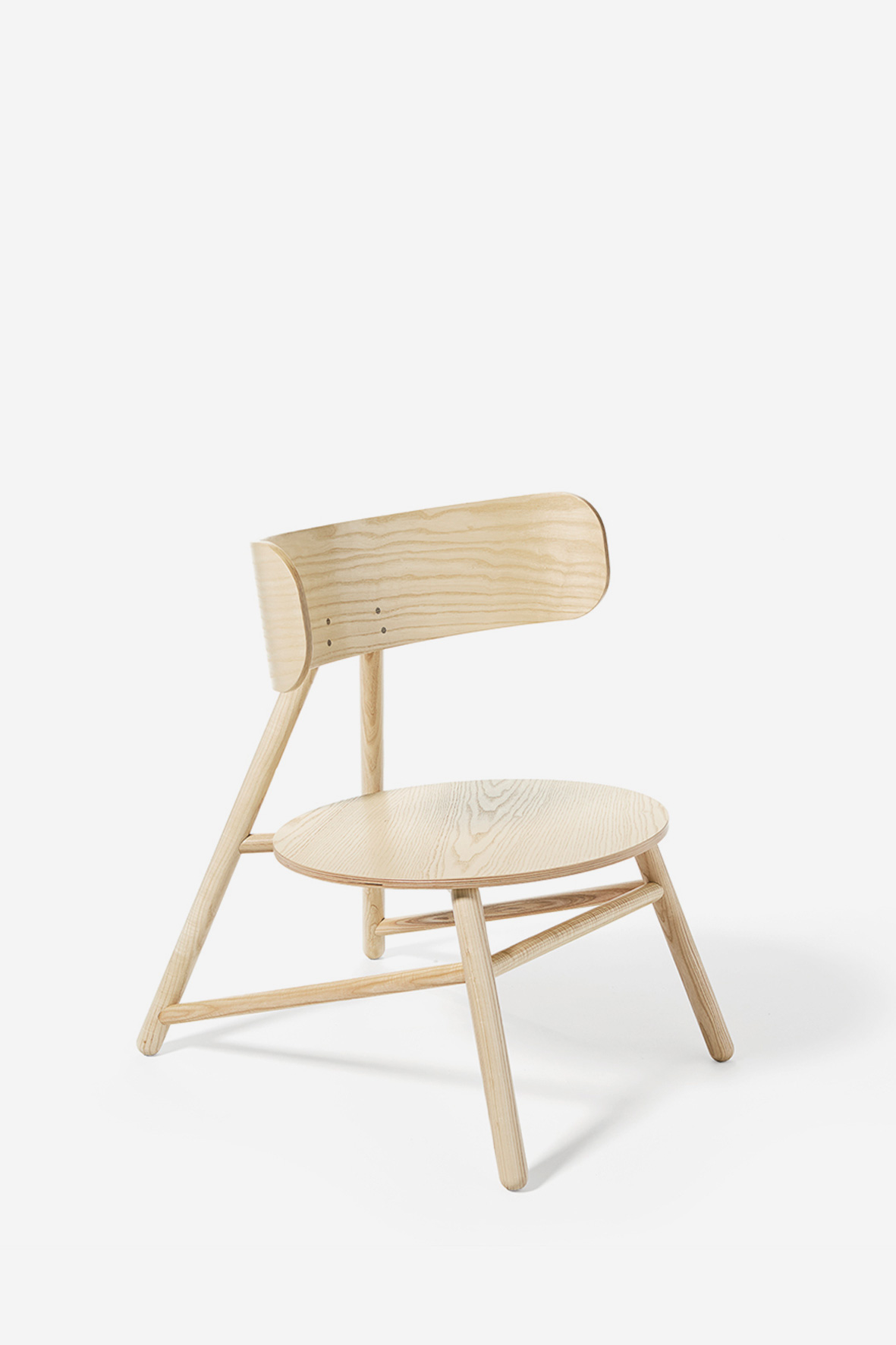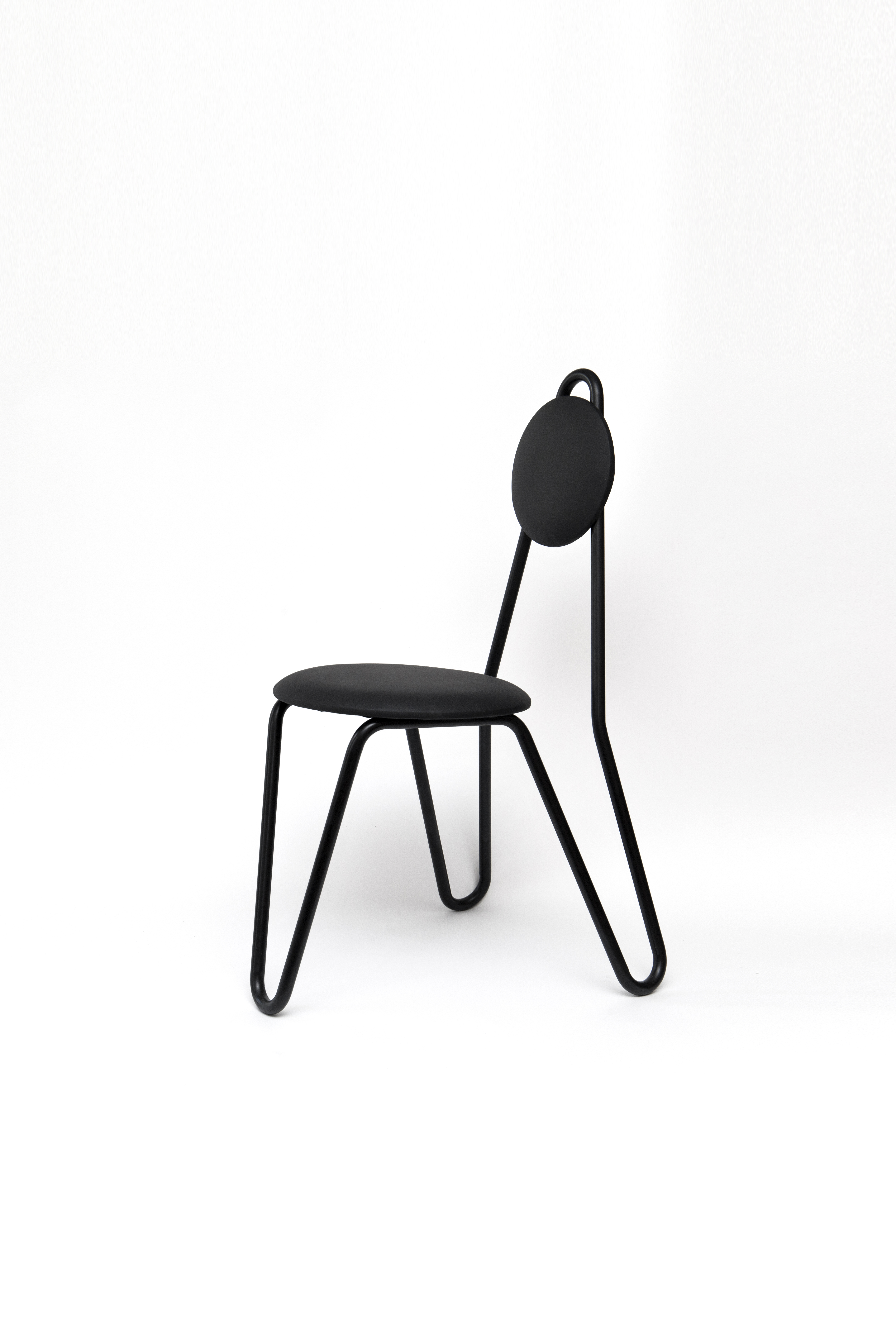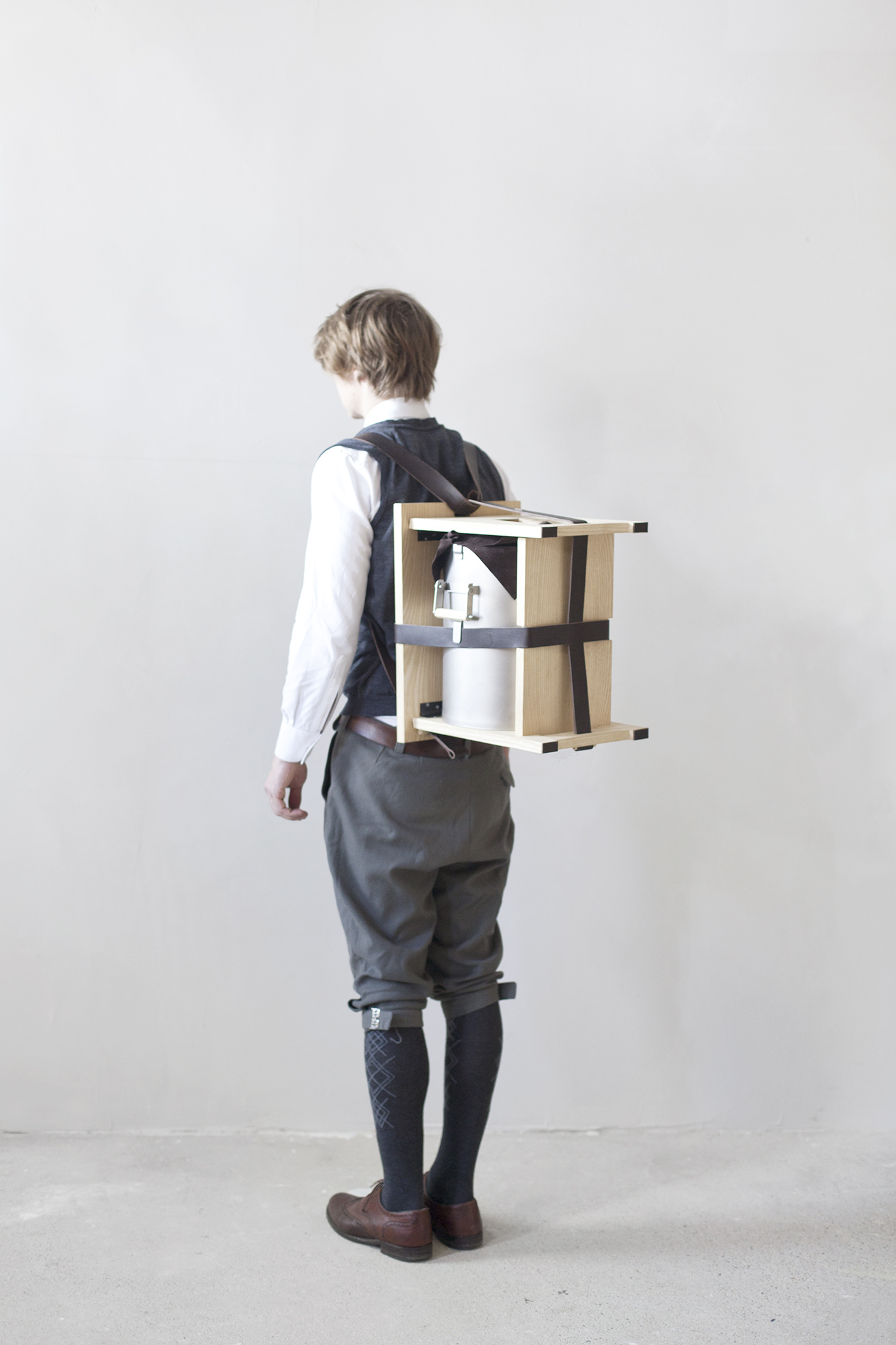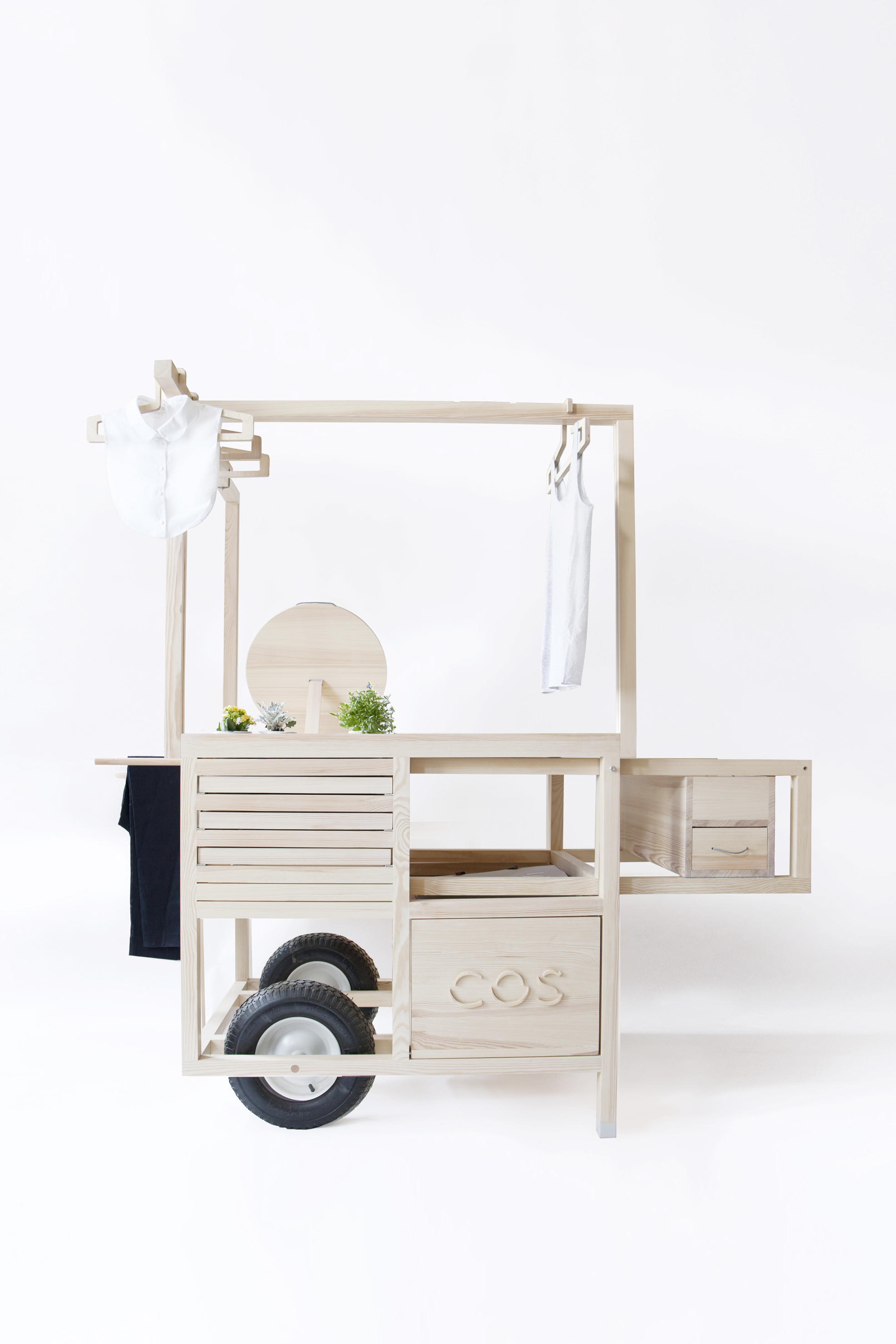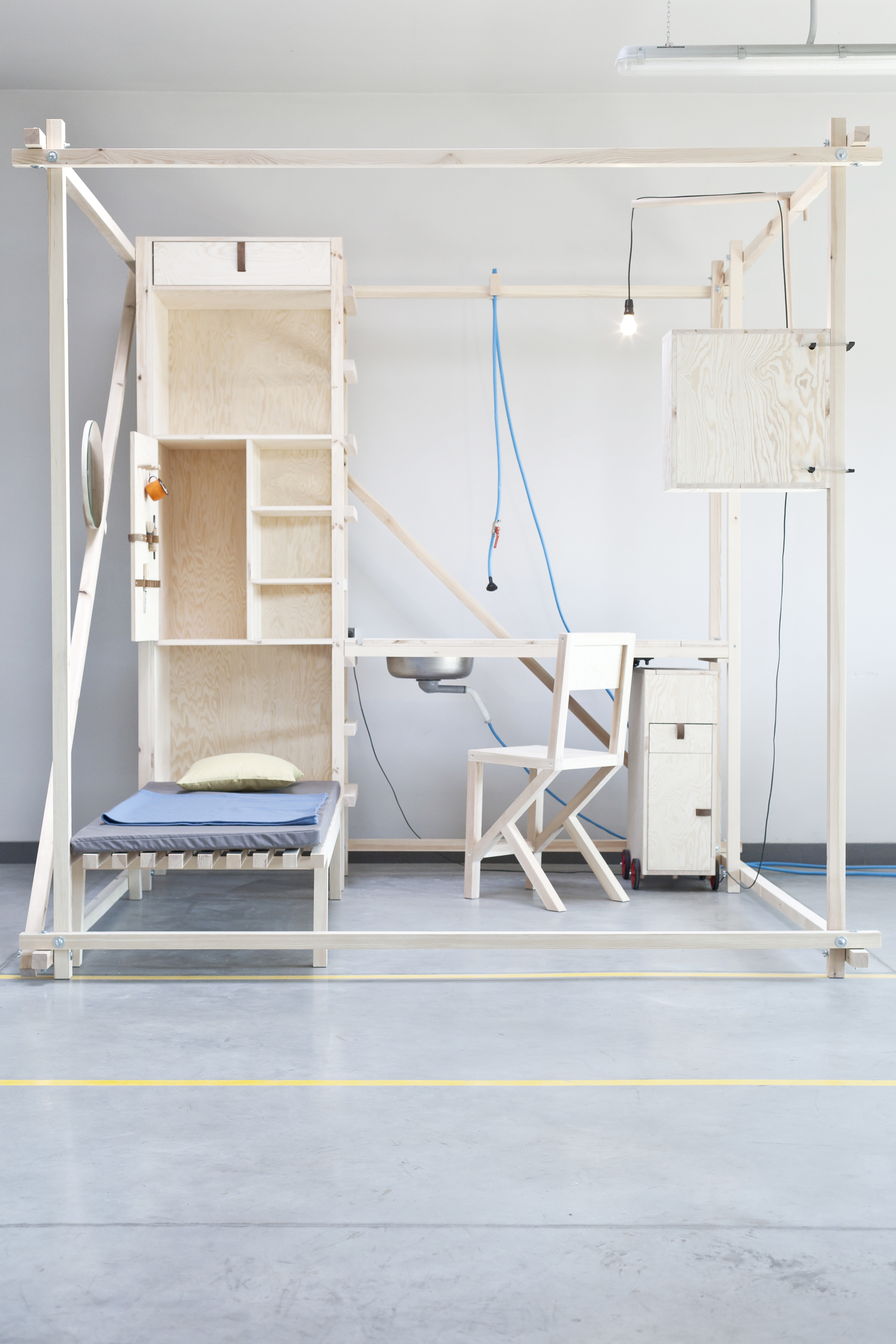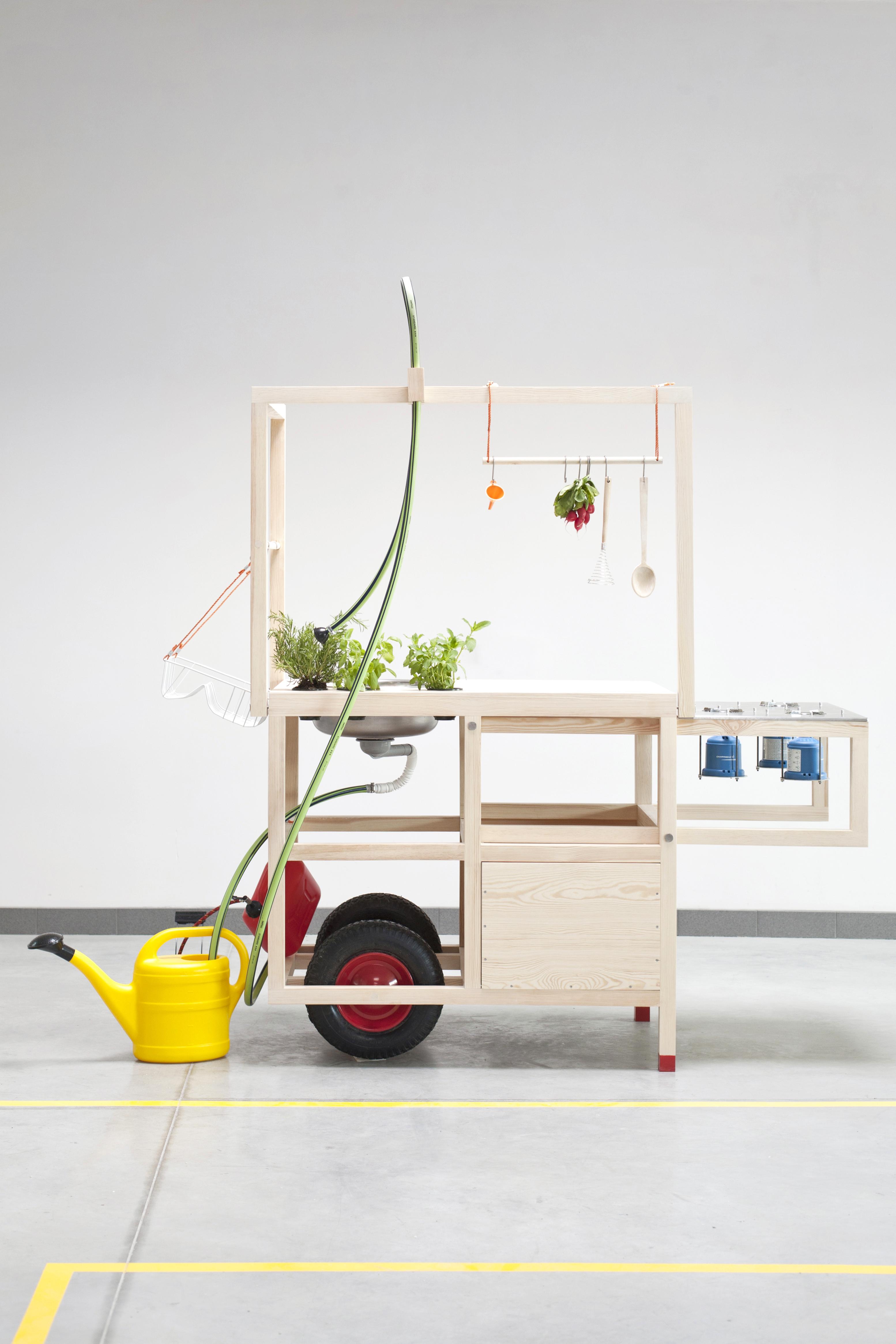“Making and breaking bread during the pandemic – Baking Europe”
Text: Professor Charles Spence
There can be little doubting that the global Covid pandemic has altered our food preferences, at least in the short-term. In fact, one of the most noticeable changes reported during the early stages of the national lockdowns in 2020, especially here in the UK, was the sudden rise in home bread-making. Sales of smaller bags of flour (i.e., for independent use rather than for use in a bakery) surged, while shoppers were also reported to have been stockpiling tinned tomatoes, pasta, and beans. Psychologists have put forward an explanation for the panic buying (e.g., of foods such as pasta, though also toilet rolls) in terms of evolutionary theories of foraging. Ultimately, however, there are likely going to be a number of explanations, both psychological and symbolic, as well as possibly also sensory, for the increased popularity of home bread-making during the pandemic in particular.
To put the change in consumer behaviour into some kind of perspective, a survey of more than 1,000 people from across Switzerland reported in an article in Baking Europe last year, revealed that the largest self-reported change in people’s consumption behaviour concerned homemade bread. Consumers were asked how their behaviour had changed during the first lockdown which took place between March 13th and April 26th, 2020; 43.2% of those quizzed suggested that they ate more home-made bread, as compared to only 5.8% saying that they consumed less (the remainder reporting no change in their pattern of bread consumption). Of course, it should be pointed out that home baking, more generally, has also been on the rise (as it were), in recent years in the UK. Though, in the latter case, this likely has as much to do with the phenomenal popularity of The Great British Bake-Off TV show, as it does with the nation’s response to the pandemic itself.
At the same time, however, it is important to note that baking bread at home may also serve a more symbolic function, given its long history as one of the nation’s staple foods. Baking bread at home can, after all be seen as signalling one’s ability to produce food to help support one’s family. The documented rise in the popularity of bread-making courses during the pandemic can also be seen as offering something of an antidote to the stresses and strains of day-to-day life, with some going as far as to suggest that bread-making might be considered a therapeutic activity. One other part of the story here might be the link to the tactile stimulation that preparing bread so naturally provides, given the widespread increase in touch hunger that has been documented amongst many people in society, in recent years.
Comfort foods are defined as those can provide something of an emotional crutch whenever we feel threatened. How else to explain the more than 700% increase in sales of instant trifle! Nostalgic flavours that remind us of a happy earlier time. Documented sales of powdered custard and instant mash also surged during lockdown, as shoppers rush to the emotional security provided by comfort food. None of these foods, note, requiring a functioning set of mandibles (i.e., notice the total absence of challenging textures in these foods). Given that the texture of the crust is such a key part of the appeal of freshly-baked bread, it is perhaps not so surprising to find that it does not regularly appear in lists of people’s favourite comfort foods.
In the UK, sales of nostalgia foods brands– think Spam, Smash, Fray Bentos, and the like – also increased during lockdown. When the world looks like a dangerous and uncertain place consumers increasingly turn to the security and familiarity provided by familiar, recognizable brands over the experiential, experimental food and drink offerings. Sweetness too can potentially be reassuring.
Another reason for changing food behaviour during the pandemic undoubtedly relates to people’s reduced willingness and/or ability to go shopping: Indeed, worldwide Google searches for “food delivery” and “local food” reached all-time highs in April, 2020. With people in the UK being six times more likely to look for “veg boxes” than before the pandemic. As of the start of October, 2020, those living in the UK had apparently already cooked half a billion more meals under lockdown, with sales of steak up by 40%. The suggestion being that people were trying to recreate restaurant meals at home. Not surprising given how many high-end producers have struggle to deliver an experience in the home that matches what can be expected in a high-end restaurant or posh bakery.
Ultimately, however, I can’t help but wonder about whether the delectable smell was also part of the story of homemade bread during lockdown, given how much more time so many of us were forced to be at home during this period. The smell of homemade bread is, after all, supposed to be one of the best smells for those wanting to sell their home.
That all being said, it is important to note that cross-cultural comparisons have also highlighted how the public’s response to the pandemic, specifically in relation to their food behaviour, differed both by country, and by the period of lock-down. Nevertheless, despite the various cultural differences that have been reported, it is clear that bread’s central place in society at large has been emphasized by the various periods of lockdowns, no matter where in the world they happen to have taken place.
1 Cereceda, R. (2020). Why are so many of you baking bread during the coronavirus lockdown? Euronews, April 18th. https://www.euronews.com/2020/04/18/why-are-so-many-of-you-baking-bread-during-the-coronavirus-lockdown; ‘Home baking is on the rise, thanks to coronavirus lockdowns’ (2020). The Economist, April 8th. https://www.economist.com/graphic-detail/2020/04/08/home-baking-is-on-the-rise-thanks-to-coronavirus-lockdowns.
2 Bekiempis, V. (2020). ‘Could you buy a little less, please?’: Panic-buying disrupts food distribution. The Guardian, March 23rd. https://www.theguardian.com/world/2020/mar/23/us-coronavirus-panic-buying-food; Dancroft, H., Lawson, A., & Patel, B. (2020). There's no need to panic (buy)! Eager shoppers strip supermarket shelves of toilet roll and pasta as lockdown 2.0 looms but store bosses say: 'Shop as normal'. Daily Mail Online, November 2nd. https://www.dailymail.co.uk/news/article-8902777/Eager-shoppers-strip-supermarket-shelves-toilet-roll-pasta-lockdown-2-0-looms.html; Hargreaves, P. (2020). Food and drink trends during the pandemic. Speciality Food, June 1st. https://www.specialityfoodmagazine.com/speciality_bites/food-and-drink-trends-during-the-pandemic.
3 Dickins, T. E., & Schalz, S. (2020). Food shopping under risk and uncertainty. Learning and Motivation, 72:101681.
4 Ammann, J., & Ritzel, C. (2021). The soothing effect of bread in the Covid-19 pandemic. Baking Europe, Autumn, 6-9.
5 The National Trust (2020). Nation turns to home-baking during lockdown as cheese scones top recipe list with 3,009% increase. Press release, April 28th. https://www.nationaltrust.org.uk/press-release/nation-turns-to-home-baking-duringlockdown-as-cheese-scones-top-recipe-list-with-3009-increase.
6 Geissler, L. (2018). Time works. The Ingredient, April, 64-67; Linford, J. (2018, pp. 147-154). The missing ingredient: The curious role of time in food and flavour. London, UK: Particular Books.
7 Steafel, E. (2020). Why bread therapy could be what you need to get through a second lockdown. The Daily Telegraph, September 28th. https://www.telegraph.co.uk/health-fitness/mind/bread-therapy-could-need-get-second-lock.
8 Field, T. (2001). Touch. Cambridge, MA: MIT Press;
9 Spence, C. (2017). Comfort food: A review. International Journal of Gastronomy and Food Science, 9, 105-110.
10 Bracale, R., & Vaccaro, C. M. (2020). Changes in food choice following restrictive measures due to Covid-19. Nutrition, Metabolism & Cardiovascular Diseases, 30(9), 1423-1426. DOI: 10.1016/j.numecd.2020.05.027.Cecchetto, C., Aiello, M., Gentili, C., Ionta, S., & Osimo, S. A. (2021). Increased emotional eating during COVID-19 associated with lockdown, psychological and social distress. Appetite, 160:105122; Laguna, L., Fiszman, S., Puerta, P., Chaya, C., & Tarrega, A. (2020). The impact of COVID-19 lockdown on food priorities. Results from a preliminary study using social media and an online survey with Spanish consumers. Food Quality & Preference, 86:104028.
11 Pearson-Jones, B., & Poulter, S. (2020). The return of 70s dinner! Sales of trifle, powdered custard and instant mash surge more than 700 per cent in lockdown as shoppers rush to comfort food during pandemic. Daily Mail Online, July 21st. https://www.dailymail.co.uk/femail/food/article-8541749/Sales-trifle-powdered-custard-instant-mash-surge-700-lockdown.html.
12 Shveda, K. (2020). How coronavirus is changing grocery shopping. BBC News, November 3rd. https://www.bbc.com/future/bespoke/follow-the-food/how-covid-19-is-changing-food-shopping.html.
13 Kraterou, A. (2020). Steak sales soar by 40% during lockdown as diners try to recreate restaurant meals in their own homes - with demand for gourmet salt, herbs and spices all rocketing. Daily Mail Online, October 5th. https://www.dailymail.co.uk/news/article-8805785/Steak-sales-soar-40-lockdown-diners-try-recreate-restaurant-meals-home.html.
14 Spence, C., Youssef, J., & Levitan, C. A. (2021). Delivering the multisensory experience of dining-out, for those dining-in, during the Covid pandemic Frontiers in Psychology, 12:683569. doi: 10.3389/fpsyg.2021.683569.
15 Spence, C. (2020). Sensehacking: Maintaining a balanced diet of multisensory stimulation during COVID-19 lockdown, and why it matters. Tangible Territory Journal, 1 (Autumn). https://tangibleterritory.art/journal/issue1/.
16 Plata, A., Motoki, K., Spence, C., & Velasco, C. (2022). Trends in alcohol consumption in relation to the COVID-19 pandemic: A cross-country analysis. International Journal of Gastronomy & Food Science, 27:100397. https://doi.org/10.1016/j.ijgfs.2021.100397.
